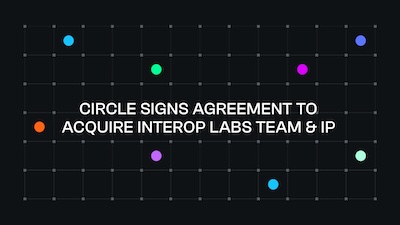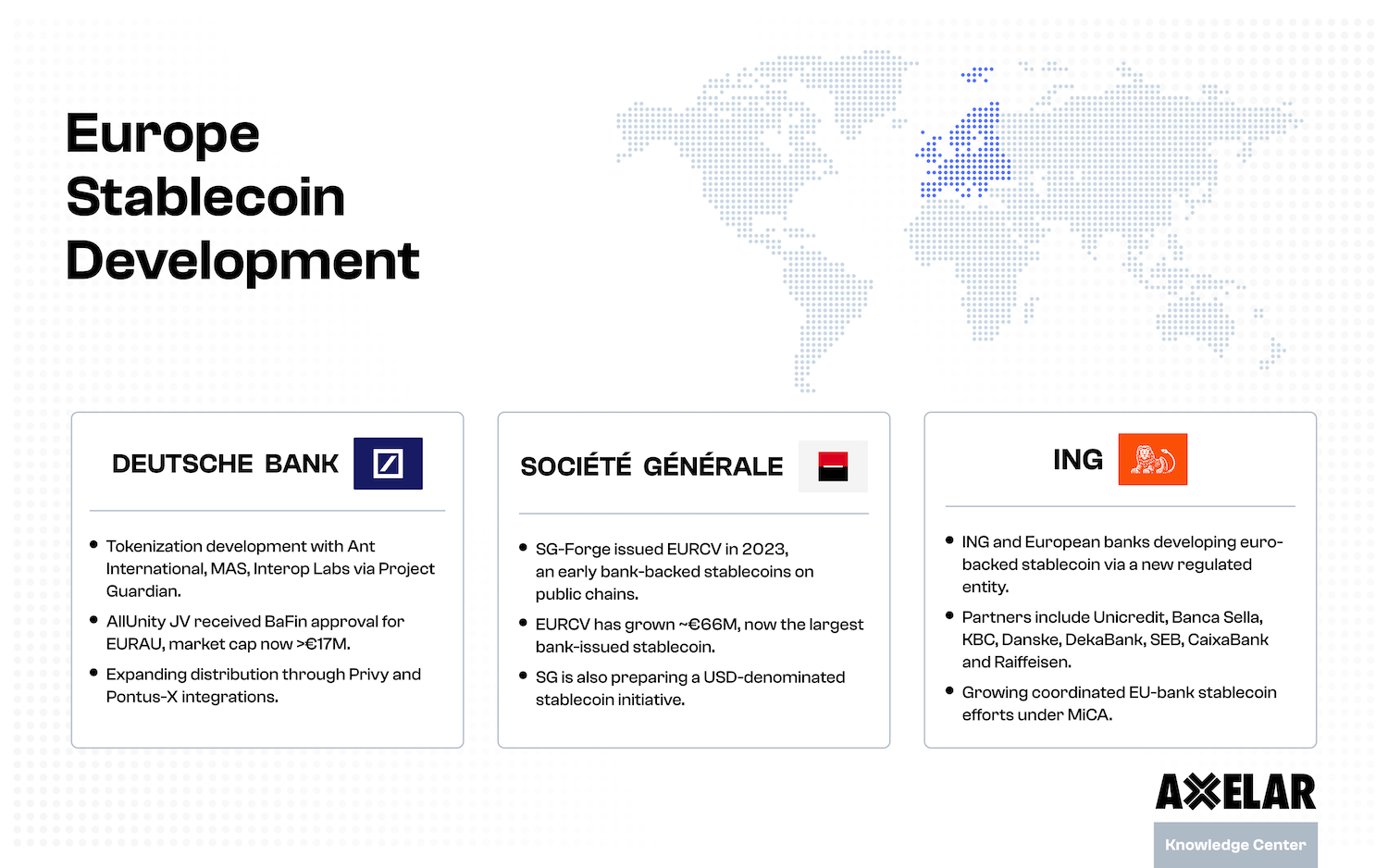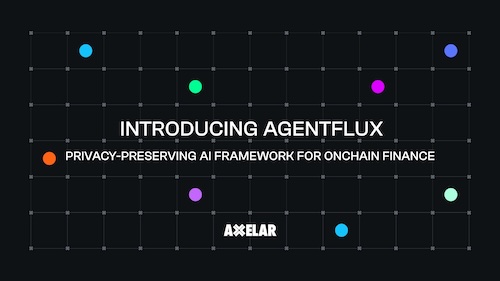Understanding The Avalanche (AVAX) Bridge And Other Cross-Chain Solutions
Table of Contents



While it started with just a single asset, Bitcoin, the crypto ecosystem has come a long way. With over a thousand blockchains and a multitude of assets available, blockchain interoperability is now critical. But most blockchains effectively work in silos within their native ecosystem as they have rules and complexities. This makes cross-chain communication and interoperability extremely important. To facilitate interoperability between chains, many interoperability solutions are utilized, including cross-chain bridges.
Cross-chain bridges connect different blockchains together and enable users to send cryptocurrency from one chain to the other to participate in different ecosystems. The user sends the token from the source chain to the bridge, which then ‘wraps’ these tokens and sends them to the destination chain. An example of this would be Bitcoin (BTC) and wrapped Bitcoin (WBTC). When a user deposits their BTC on a cross-chain bridge, these tokens are locked on the bridge and corresponding WBTC tokens are minted, which are usable on the Ethereum chain. To get the original tokens back, the user can bridge their WBTC tokens, which are burned, and get the BTC tokens back.
Avalanche is one of the many blockchain networks working towards achieving scalable interoperability. Like Ethereum, Avalanche supports smart contracts to run decentralized applications (dApps) on its network written in the Solidity language. This makes Avalanche EVM-compatible, creating greater blockchain interoperability. Since its launch, Avalanche has been chosen by numerous applications and users due to its long list of features. To further boost interoperability, Avalanche has launched and upgraded multiple cross-chain bridges over the years.
Here's a detailed overview of Avalanche bridges and the effective ways to connect with the Avalanche ecosystem.
What is Avalanche?
Avalanche, commonly referred to by its native token AVAX, is a layer-1 blockchain compatible with EVM and designed to achieve high throughput, fast transaction finalization and strong security in decentralized networks. Created by Ava Labs, the Avalanche consensus protocol uses a Directed Acyclic Graph (DAG) structure. In DAG, crypto transactions are recorded as vertices on top of one another. Each new transaction confirms one or more previous transactions, making it faster and more scalable than traditional blockchains. Since it doesn't rely on miners creating new blocks, transactions on a DAG can be processed much more quickly and with lower fees. This makes DAGs a good fit for applications needing fast, efficient data sharing.
Avalanche stands out for its utilization of three distinct chains: the C-chain, X-chain and P-chain. The C-Chain serves as the hub for Avalanche's DeFi ecosystem and is the chain where smart contracts reside; it's also compatible with MetaMask. The X-Chain functions as the transactional chain, facilitating the transfer of funds. Meanwhile, the P-Chain is dedicated to staking AVAX tokens and allows users to act as validators.
The creation of Avalanche was motivated by the limitations observed in existing blockchain technologies predominantly Bitcoin and Ethereum. While these blockchains were revolutionary, they faced challenges with scalability and throughput and often required a trade-off between decentralization and efficiency. Avalanche was designed to address these issues by providing a more scalable, secure and efficient environment for dApps and custom blockchains without sacrificing decentralization.
Since its inception, Avalanche has gained significant traction, attracting a wide array of users and developers and becoming a vibrant ecosystem for various kinds of dApps, ranging from decentralized finance (DeFi) to non-fungible tokens (NFTs) and beyond. Since the Avalanche platform is cheaper and faster than Ethereum, many Ethereum applications have adopted or completely shifted to the Avalanche ecosystem.
Some of the applications on Avalanche include composable liquidity transport protocol Stargate, decentralized exchange (DEX) Trader Joe, liquidity protocol Aave V3, layer-2 scaling solution Celer Network, decentralized prediction market GMX and cross-chain messaging system Synapse.
As per the Avalanche Explorer, the AVAX network has over 1300 validators, with a total stake amount of 249,970,960 AVAX.
The cross-chain Avalanche (AVAX) bridge
Avalanche, similar to many other L1s, launched a crypto bridge to access Ethereum’s liquidity. The Avalanche-Ethereum Bridge (AEB) was launched in early 2021 to allow users to move their ERC-20 assets into the Avalanche network and vice versa. Utilizing ChainBridge, the Avalanche-Ethereum Bridge served as a bi-directional token bridge, facilitating effortless transfers of ERC-20 and ERC-721 tokens between Avalanche (through the C-Chain) and Ethereum. To access dApps on Avalanche, users could lock WETH (wrapped ETH) in a ChainBridge contract and an equivalent token on Avalanche would be minted.
While the bridge was a huge step towards blockchain interoperability, it still had certain limitations in terms of security and speed. Therefore, in July 2021, just a few months after the launch of the original Avalanche (AVAX) bridge, the Avalanche Bridge (AB) was launched. The bridge was approximately 5x cheaper than the Avalanche-Ethereum Bridge and offered higher security and a significantly better user experience. The bridge was built using the Intel SGX Enclave technology, which is a highly secure and closed environment for tamper-proof operations.
To make the user experience better, in March 2022, Ava Labs announced the launch of its native wallet Core, which would replace the Avalanche bridge. Rather than being just a traditional crypto wallet, Core enables users to bridge, buy, swap and trade crypto. Users can seamlessly bridge their assets through Core and interact with dApps on the Avalanche blockchain without leaving the platform.
Apart from the launch of Core, Avalanche also added support for bridging assets from Bitcoin into Avalanche, expanding the capabilities of the bridge. Users can now use the Core wallet to bridge assets from Ethereum and Bitcoin into Avalanche to provide liquidity to decentralized exchanges, stake assets, participate in DeFi and do much more. This opens up endless possibilities for users with assets on the Bitcoin blockchain, as they were earlier required to bridge their Bitcoin assets to another chain, preferably Ethereum, then do a cross-chain swap using a DEX, and finally bridge to Avalanche. The Core wallet makes the process easier and faster.

Users bridging their assets will get wrapped tokens that are usable on the destination chain. For example, when a user bridges ETH from Ethereum to Avalanche, they will receive WETH.e assets that are usable in the Avalanche ecosystem. Similarly, users can bridge their tokens back to the source chain to receive their original assets.
To cover the cost of the transaction fees on the networks and operational costs, the Avalanche (AVAX) bridge charges a fee for all transactions on the bridge. When moving assets from Bitcoin or Ethereum to Avalanche, the platform charges ~$3 worth of Bitcoin or the ERC-20 asset being transferred respectively. However, when users move assets from Avalanche to Ethereum, the fee is decided on the basis of the expected Ethereum transaction fee, and a constant dollar amount is added to the bridge fee to account for price volatility. When moving assets from Avalanche to Bitcoin, the bridge fee is $20 plus the expected Bitcoin transaction fee (Source: Avalanche).
Bridging into Avalanche beyond native bridges
The initial Avalanche bridge and all its subsequent upgrades leading to the Core wallet have given users a chance to make the most of their assets by bridging into Avalanche. However, even with a pool of features, the bridging capabilities of the wallet are limited to just Bitcoin and Ethereum. This restricts the users from maximizing the potential of their assets due to limited chains and assets supported by the wallet.
Axelar, on the other hand, connects Avalanche to blockchains more securely than any other cross-chain network. Not just 1 or 2, users can seamlessly bridge into 45+ blockchains through Axelar. Moreover, Axelar offers universal connections, enabling users to swap their tokens across all supported chains, including Polygon, Ethereum, Avalanche and many Cosmos chains without having to bridge their assets back to go to a new chain.
Avalanche was one of the first chains integrated into the Axelar ecosystem in July 2021, just before the updated Avalanche bridge was launched. Since then, Avalanche has become the 2nd most used source chain with over 108,000 transactions and the 3rd most used destination chain with over 75,000 transactions on Axelar (Source: Axelarscan).
Beyond bridging with Axelar
While native bridges are expanding opportunities for users and developers, they don't serve as the ideal cross-chain solution. In contrast, Axelar General Message Passing (GMP) goes beyond just facilitating token transfers across chains.
It was in March 2022 that Axelar announced its General Message Passing capability at the Avalanche Summit Hackathon which paved the way for groundbreaking interoperability. GMP enables developers building on one chain to call any function on any other connected chain, where function means smart contracts at the application layer and functions built at the protocol layer.
Numerous applications have adopted GMP, granting them greater interoperability across a variety of supported chains. An example is Squid, a protocol designed for cross-chain swaps and liquidity routing. By utilizing GMP, Squid allows for the swapping of tokens across supported blockchains with a single click.
Here is detailed information about Squid’s cross-chain capabilities and how developers can use the Squid SDK to make their applications cross-chain.
The future of interoperability
Secure and scalable cross-chain interoperability solutions are pertinent for the growth of the Web3 ecosystem we know of. With stable cross-chain bridges, users and developers can explore the world of different blockchains and drive effective adoption and growth.
Avalanche is one of the many blockchains that are connected by Axelar through GMP. While developers can seamlessly go cross-chain with Axelar’s unique capabilities, users can enjoy a variety of use cases to put their assets to use. Axelar GMP enables dApps connected to their network to seamlessly create decentralized trading pairs and liquidity pools and enables users to participate in various activities with their assets across chains. With the recent integration of Cosmos, Axelar GMP now connects 45+ blockchains at this writing, including Avalanche, Base, Binance, Ethereum, Fantom, Linea, Moonbeam and Polygon.
Interested in using GMP and building with Axelar? Check out our docs on General Message Passing to know more, and reach out to us on Axelar Discord for any questions.


